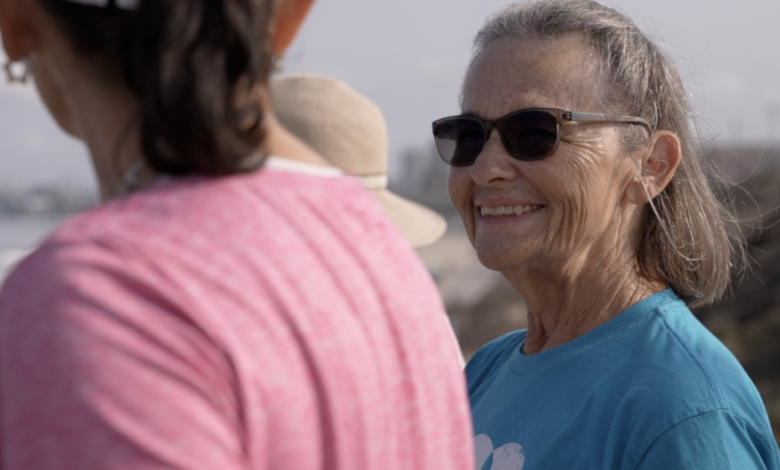
REDONDO BEACH, Calif. — The secret to living a long, fulfilling life might not be a secret after all. Years of researching the world's longest-living populations have revealed common threads, from lifestyle habits to environmental surroundings.
Researcher, author, and explorer Dan Buettner's quest to discover longevity hot spots began more than 15 years ago.
He identified five places where people live the longest and are healthiest: Okinawa, Japan; Sardinia, Italy; Nicoya, Costa Rica; Ikaria, Greece; and Loma Linda, California.
Dubbed "blue zones," their lifestyle habits are now providing a blueprint for improving health in the United States.
"These geographically isolated places that were living to age 100, about three to five times the rate we see in the U.S," said Michael Acker, Senior Vice President and General Manager of Sharecare.
At the digital health company, Acker leads the Community Solutions and Well-being division.
"We're in the business of well-being, improvement solutions, disease management, and coaching," said Acker.
Partnering with Buettner, they developed Blue Zones Project, an initiative helping communities improve well-being, lower health care costs, and improve productivity.
Rather than trying to force new habits on people, they’re focused on creating environments that make the healthy choice the easy choice.
"The cultural norms, the defaults, and policies in our life dictate a lot about what we can and can't do, or should or shouldn't do," said Acker.
The initiative breaks those norms, helping cities implement nine common principles from the world's blue zones longevity hotspots.
“We've developed a framework to go into mini-marts, convenience stores, bodegas, and local corner stores to make it easy for the local organizations to bring fresh produce and fresh fruits and healthy options into the community," said Acker.
Environmental changes in cities are encouraging more natural movement. In Southern California's Beach Cities, a protected bike lane now connects the neighboring communities.
“A very structured playbook around, how do you implement this program across multiple sectors, like work-sites, schools, cities, restaurants," said Lauren Nakano, Director of Blue Zones Project at Beach Cities Health District.
And through policy change, they're making the unhealthy choices harder.
"Making it harder to smoke in public places, making it harder for people to purchase tobacco," said Nakano.
Progress is measured annually through the Gallup National Health and Well-Being Index (WBI). It tracks Americans' perceptions of their lives and daily experiences through five interrelated elements that make up well-being: sense of purpose, social relationships, financial security, relationship to community, and physical health.
“One of the things I learned about retirement was I didn’t have that social circle of friends, that I had with my work friends. Living alone and not having my work friends, I went through a brief period of feeling pretty lonely and isolated," said Beach Cities resident Teri Canon.
Community members began forming blue zones-inspired support systems, like the Okinawan "moai." Formed during childhood, they establish a lifelong circle of friends who support one another well into old age.
"It helped a lot to lift my spirits, makes me feel part of something,” said Canon, who is part of the Birney Striders Walking Moai.
Okinawans also have a strong sense of purpose in life, a driving force that the Japanese call “ikigai.”
Blue Zones Project residents can attend workshops to better understand and implement these principles in their own lives.
The initiative is in 61 U.S. communities, although hundreds more have applied.
Fort Worth, TX, another Blue Zones Project certified community, has made impressive strides in just a few years:
- Between 2014 and 2018, Fort Worth’s national city ranking in Gallup’s WBI moved up from 185th to 31st, placing it in the top 20% of American’s healthiest cities.
- Childhood obesity dropped 6%.
- Smoking dropped 31%.
- Gallup estimates the initiative saved the city $250 million annually in lower health care costs.
"It's not just the right thing to do for our communities. It's a good business case; for the employers in the region, for the city, for the municipal leaders, for their nonprofits," said Acker. "A rising tide lifts all boats, and it makes good economic sense for everyone."





